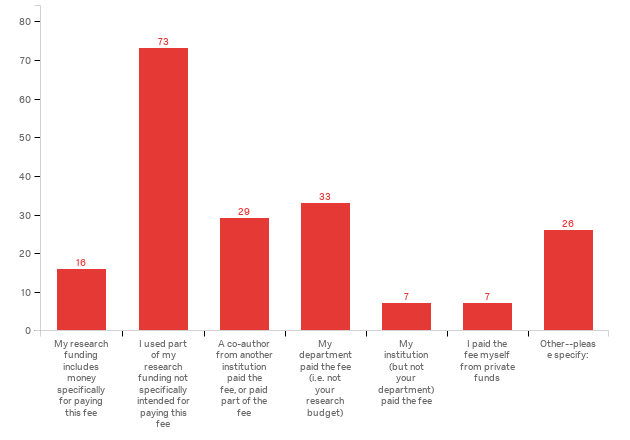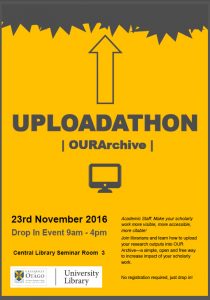What next for open access? It’s been around since 2002 (if you use a particular statement as the starting point) or even earlier if you prefer to think about how some researchers realised the potential of the nascent Internet and started sharing papers.
It would be fair to say the ‘open access movement’ (for want of a better term) has achieved a lot less than early advocates hoped. Depending on how you define ‘open’ and who you listen to, as little as around 20% of the world’s research is freely available for anyone to access, reuse or build upon. This is not the Utopian dream of unfettered access to the world’s research that many envisaged when we developed the technology that would enable this. This is not the place to get into why this hasn’t happened other than to say that academic publishing is a complex ecosystem with a lot of interdependent organisms. Like many things, cost is a fundamental issue.
One very recent development that has caused much debate is the announcement of the rather Bond-villianesque ‘Plan S’. Eleven of Europe’s major research funders have collaborated to put out this plan — the S has been said to stand for science, speed, solution and shock — which will require, from 1 January 2020 no less, that any research outputs funded by these agencies be made freely available immediately. If you read yesterday’s post, you’d be interested to know that the ‘funders or the universities’ would cover the cost of publication. Researchers retain copyright but would be required to publish with an OA licence that allows reuse by others. Interestingly, hybrid journals are specifically non-compliant with this policy (i.e. a journal that is normally subscription-based, but you can pay to have your one article published OA, these often being accused of ‘double dipping’). One of the ten principles outlined in the plan emphasises that the funders are interested in, and will, support, the development of innovative platforms on which research could be hosted. The announcement has provoked praise and criticism in fairly equal measure but has been heralded, if nothing else, as a significant shift in attitude of funders, with Nature.com headlining it’s story ‘Radical open-access plan could spell end to journal subscriptions.’* Essentially, Plan S is saying to the publishing industry: you’re not doing enough and change has been too slow — and, as the people paying the bills, we’re taking matters into our own hands. It’s intentionally ambitious and contentious and it will be interesting to see how it plays out.
* Don’t worry, it’s not a paywalled article on Nature.com.



